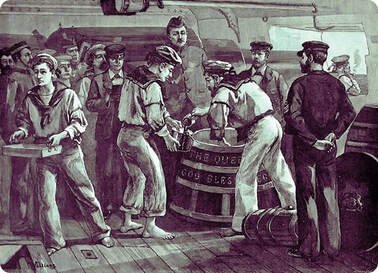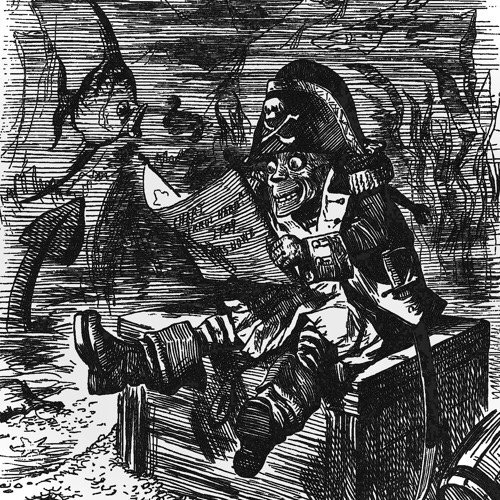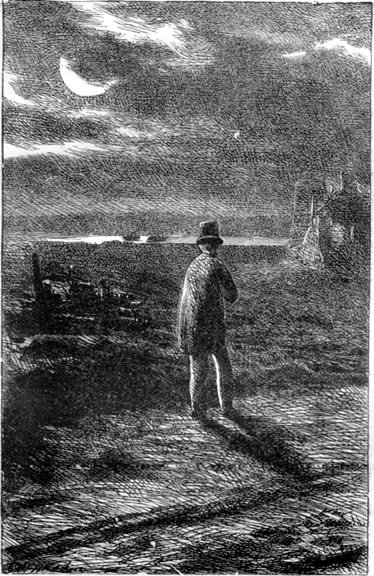How To Talk Like A Sailor | 10 Nautical Terms
Before we say, “Welcome aboard,” let’s dive into a sea of sailor jargon and see how they found their way into our modern language.
How To Talk Like A Sailor | 10 Nautical Terms
1. Long Shot
An occurrence that would take a great deal of luck.
Early ships’ guns tended to be inaccurate. If a shot made impact from a great distance, or a “long shot,” it was considered out of the ordinary.
2. Landlubber
Landlubber or land lover, describes a person who struggles with being at sea, on a boat, or experiences seasickness.
“I’m sorry, but I’m something of a landlubber when it comes to sailing; and I may even have problems with sickness in the car.”
3. Feeling Blue
Experiencing sadness or melancholy.
If a captain of a ship died while at sea, the crew would fly blue flags and paint a blue band along the ship’s hull. Now, this symbol of grieving is equated with feeling sad.
4. Flotsam and Jetsam
Odds and ends.
While the two words are often used together, they each have different meanings. "Flotsam" (from the French word "floter") describes items that weren't deliberately thrown overboard, while "jetsam" (from the full word "jettison") describes items that were deliberately thrown overboard.
5. Scuttlebutt
Gossip or rumors.
Water for immediate consumption on a sailing ship was stored in a scuttled butt: a “butt” aka cask which had been “scuttled” by making a hole in it so the water could be withdrawn for use. Since sailors exchanged gossip when they gathered at the scuttlebutt for a drink of water, scuttlebutt became Navy slang for gossip or rumors.
6. Sea dog
An old and experienced sailor.
The term sea dog can also be referred to as a pirate such as Blackbeard who plundered the coasts of the West Indies, North Carolina and Virginia. “And, according to some accounts, he had a habit of lighting fuses beneath his hat, a halo of smoke giving the bristly sea dog a decidedly demonic aspect.”
7. Fathom
understand (a difficult problem or an enigmatic person) after much thought.
In nautical terms, a fathom is a unit of length equal to six feet (approximately 1.8 m), chiefly used in reference to the depth of water. Stretch out your arms fully, and you will have approximately one fathom which derives from the Old English meaning, “span of outstretched arms.”
8. FLY BY NIGHT
Often used to describe something as unreliable, untrustworthy. Alludes to a person sneaking away at night.
“Fly by night” was also a large sail used only in specific wind conditions: downwind. This sail was employed instead of the smaller collection of sails to make it easier to manage especially at night when most of the crew were asleep down below.
9. DAVY JONES LOCKER
death for the drowned sailors, the bottom of the ocean.
Davy Jones was considered to be the evil spirit of the sea and his “locker” was thought to be the grave of sailors who drowned.
10. THREE SHEETS TO THE WIND
very, very drunk
Sailing lesson 101: The sheet is the line that controls the sails on a ship. If the line is not secured, the sail flops in the wind, and the ship loses headway & control. If all three sails are loose, the ship is out of control. So yea, that’s a real problem.
11. BATTEN DOWN THE HATCHES
secure a ship's hatch-tarpaulins, especially when rough weather is expected / or….”down the hatch” while slamming a shot of whiskey.
They battened down the hatches
But the hatches wouldn't hold
They drowned upon the staircase
Of brass and polished gold -Bob Dylan “Tempest”
12. CUT & RUN
Run away.
This refers to ships making a hasty departure by the cutting of the anchor rope and running before the wind. In 1861 - Great Expectations: “I hope, Joe, we shan’t find them.” and Joe whispered to me, “I’d give a shilling if they had cut and run, Pip.”





